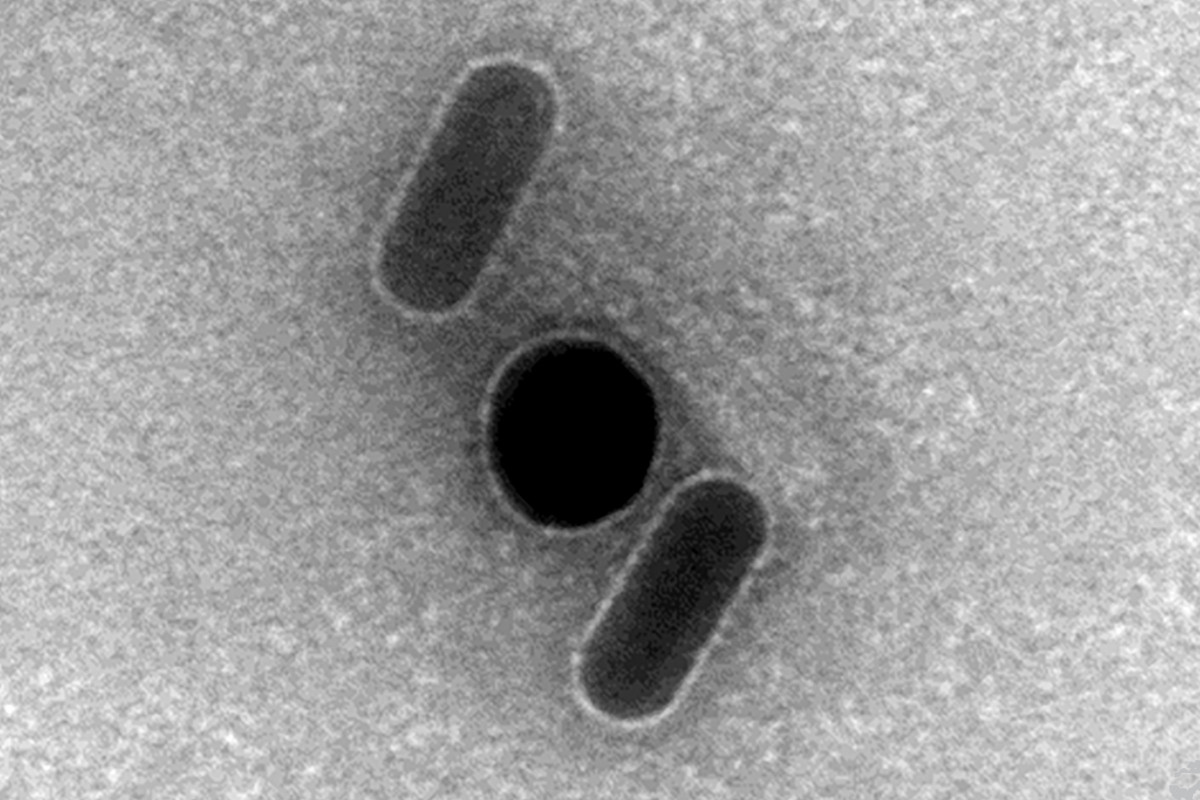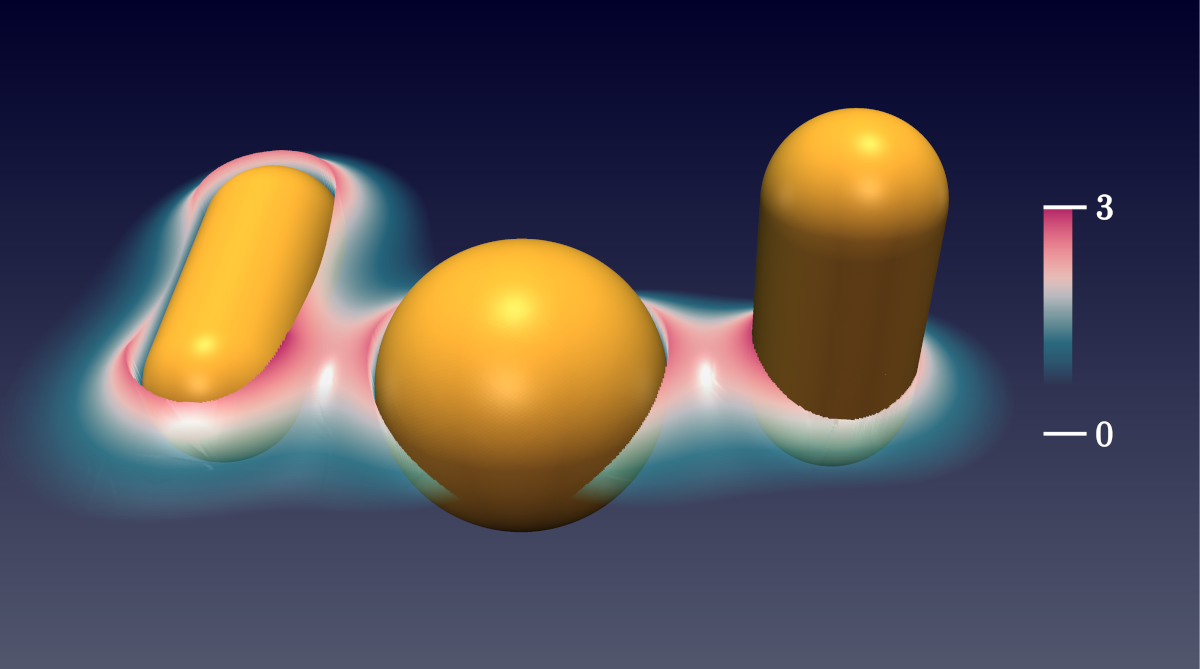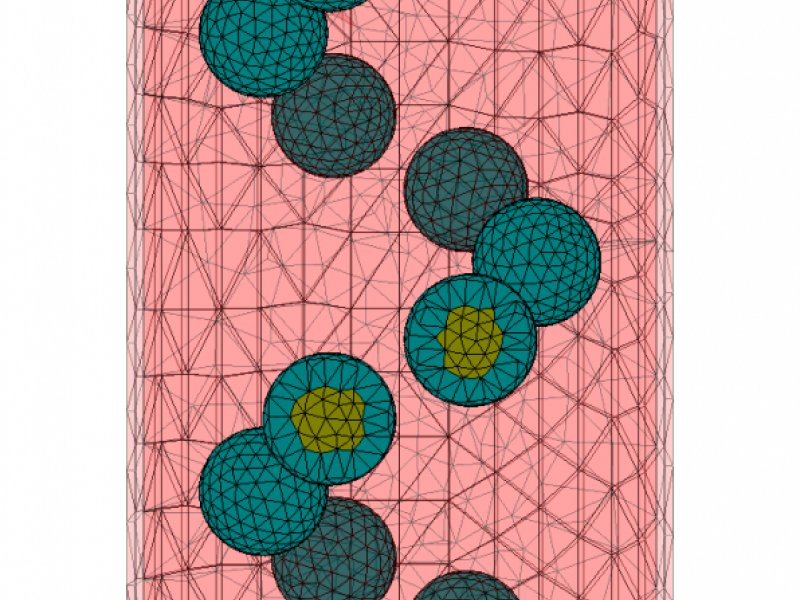The project Chiral light-matter interaction for quantum photonic devices (AA2-14*, 01/2021-12/2021) is a project within Application Area 2 (Materials, Light, Devices) of the Berlin Mathematics Research Center MATH+ (DFG excellence cluster EXC-2046/1, project ID: 390685689), headed jointly by researchers from ZIB and from TU Berlin (Stephan Reitzenstein).
The objective of the project is to investigate and apply numerical methods for the simulation of chiral light-matter interaction in nanostructures. The main goal is the development of contour integration based methods and their application to topical devices for photonic quantum technology.
We plan to investigate the coupling of quantum dot single photon sources and other sources to experimentally realizable chiral nanoresonators. However, resonant photonic nanostructures typically support a large number of eigenmodes with complex properties, including electromagnetic (e-m) chirality density, quality-factor and mode volume. The interaction of light sources with such multimodal resonators needs to be accurately quantified for interpreting experimental results and for design purposes. For achieving near unity coupling efficiency, the various experimentally accessible parameters of the experimental setups need to be optimized.


Figure 1: Top: A 40nm gold sphere induces plasmonic coupling between two 50nm long gold rods that are arranged in a chiral fashion. Bottom: Corresponding simulated plasmonic field distribution [Top SEM image: T. Liedl, bottom image: ZIB].
Research results of this project include the investigation of long- and short-ranged chiral, electromagnetic interactions in plasmonic nano-assemblies [K. Martens, et al., 2021]. A typical, resonant near field distribution in such a setup is shown in Figure 1.
